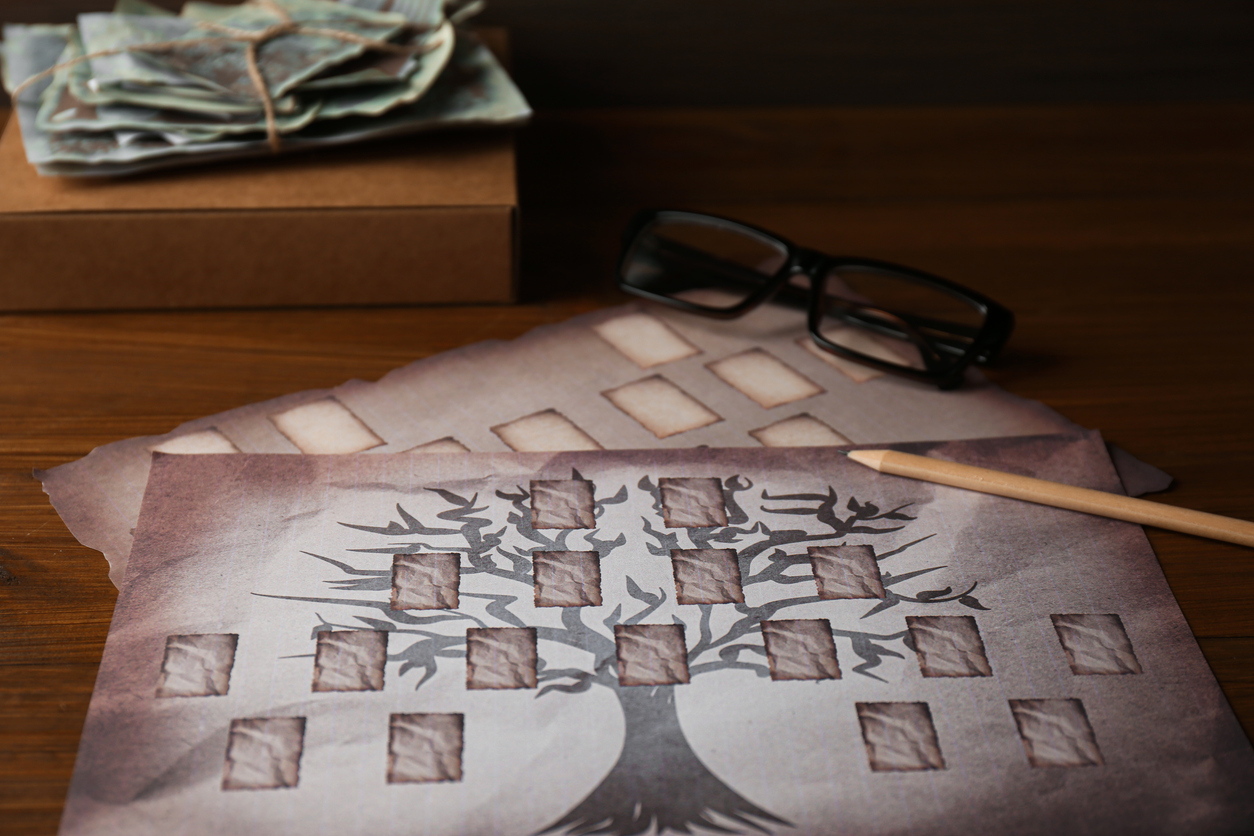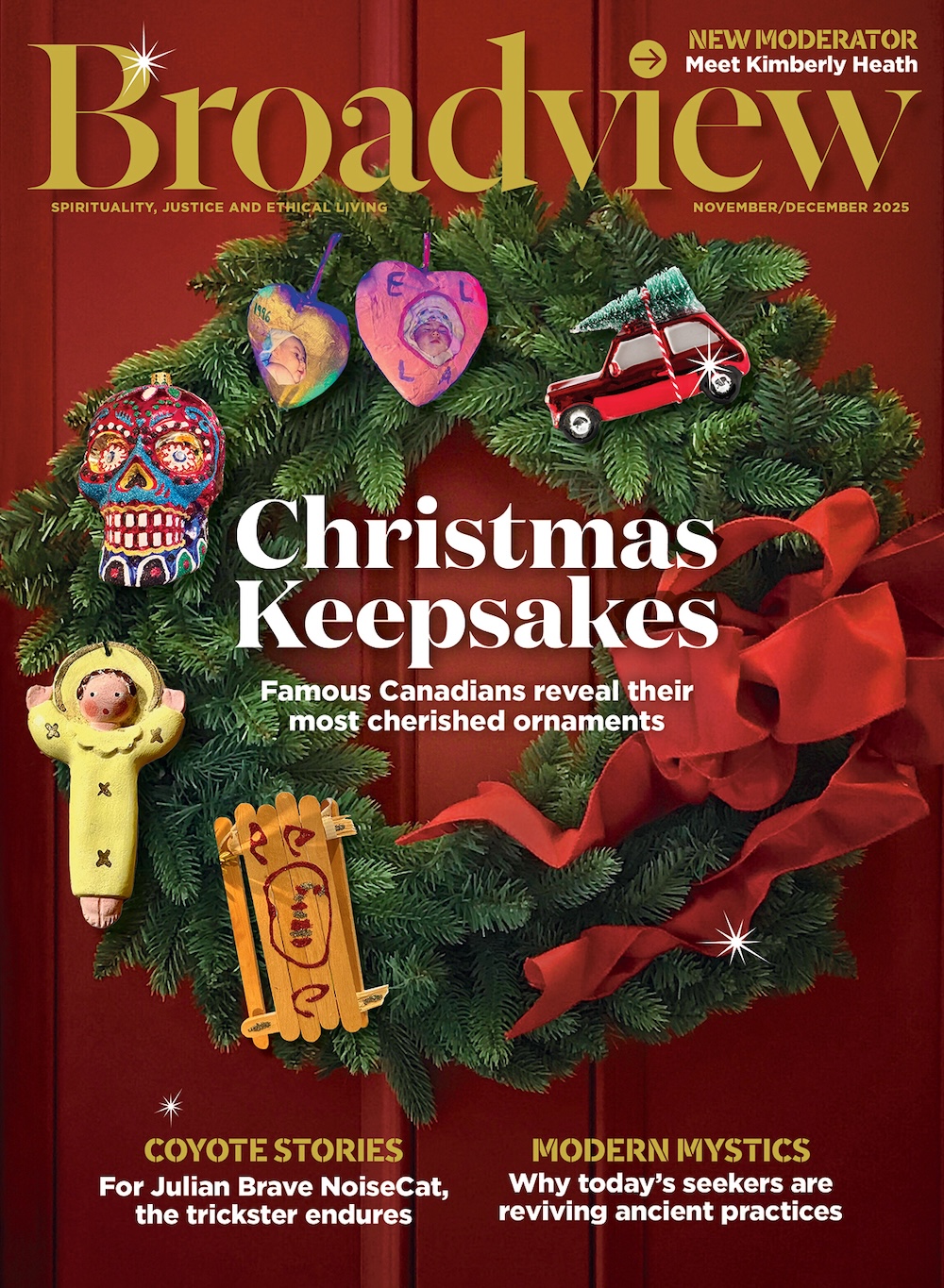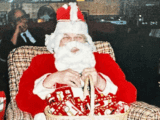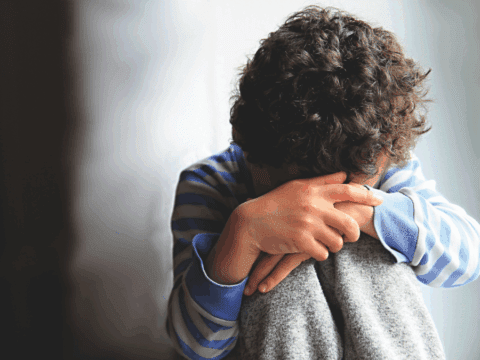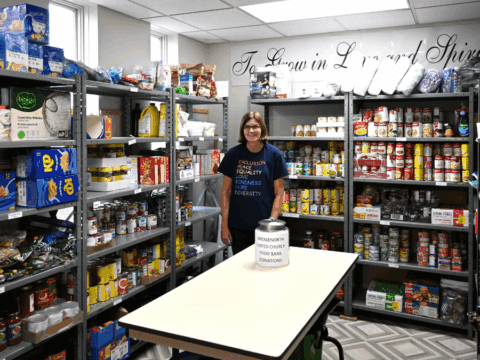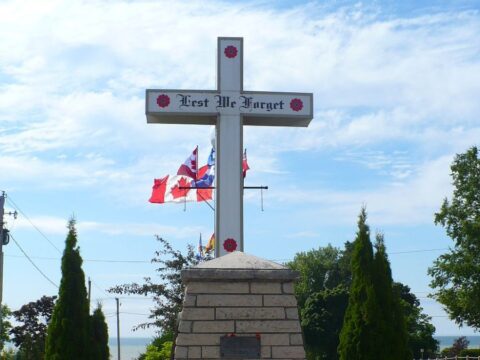EDITOR’S NOTE: This interview was published on May 3. Following concerns from a reader, a question was added to note that some academics believe that organizations like Anderson’s are part of a movement of “Eastern Metis” that allows settlers to self-Indigenize. Self-Indigenization, researcher Darry Leroux writes, “involves white French-descendants inventing and claiming an ‘Indigenous’ identity, often in opposition to actual Indigenous peoples.”
Understanding your family history can offer a sense of identity and belonging, but for people with Indigenous ancestry, that history can be difficult to uncover. Survivors of the sixties scoop, for example, have been told years after they were forcibly taken from their families as children that their birth records were lost or destroyed, meanwhile, churches held onto residential school records for decades.
You may unsubscribe from any of our newsletters at any time.
Anne Anderson, a certified genealogist who researches family trees, has been trying to piece together the past throughout her entire life. Anderson is Métis from fur trade and has Cree, Illinois, Huron-Wendat and Huron-Abenaki ancestry. Since 2011, she has fielded calls from thousands of Indigenous people seeking information about themselves and their family histories. Anderson spoke to Hannah Carty about growing up Métis in the Belle River area, the importance of community, and the trials and triumphs of helping others uncover their ancestry.
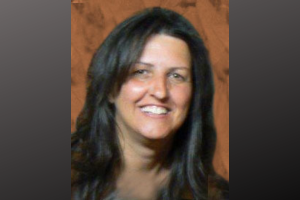
Q: What sparked your interest in genealogy?
A: In grade school, the teacher asked us to make a basic family tree. When I went home that day and asked my parents to tell me who my grandparents and great-grandparents were, my dad’s response was, “You should visit your aunt to ask about your Native ancestry, while she still has her mind about her.” My mom and I ended up going to see her later that year, after I’d handed in my assignment. She told us about the oral history of the area, about our family, and how the government took the land. Afterwards I asked my mom, “What does it mean, ‘Cree’?” And she said, “It means we’re part Indian.” I said, “Well, why did they take the land, Mom?” And she said, “Because they could.” That sparked my interest, because I knew that our Native ancestry was something that was hidden; I knew we weren’t supposed to talk about it, but I still wondered if I could find out more about it.
Q: How did you transition to doing genealogy as a profession?
A: As I got older, I visited that aunt often. She would show me scrapbooks that contained every newspaper clipping she could find about our family. She knew everybody in the area and was a historian for her community. My aunt was the one who groomed me for the profession — though, I didn’t know it back then.
By the time I was 13, I had put more work into our family tree, but still couldn’t find my Native ancestors. That summer, my mom was taking a course at the university and had to go to downtown Windsor every day, so I asked her if she could drop me off at the library. I spent weeks in the library’s back room looking for evidence of our fur trade history — which I eventually found.
Years later, in 2012, I was in the process of rejoining my Métis community. I knew that there were a few organizations representing Métis people, but I wanted to have one in my community so I decided to form one. One of the challenges for people who wanted to join was that they couldn’t prove their ancestry. I knew I could help them because I had done it for my own family.
More on Broadview:
-
Indigenous healing centre inside United Church could help people struggling with work and finances
-
How Broadview’s predecessor silenced Indigenous voices at Confederation
Q: Can you tell me a bit more about why you started the organization?
A: When I left the corporate world, I wanted to do something for my community. It was important to me to be able to preserve our history, for elders and others to be able to share the stories that were lost, and for people to feel safe to stand up and be counted.
The organization was originally called Voyageur Métis because of the fact that Detroit was a fur trade post, but I proposed that we change it to be our regional name, which is muskrat. Muskrat was a derogatory term for the people in my mother’s generation because we ate a lot of things that other people didn’t — mainly, muskrats.
Q: I’m curious, what do you hear from people when you pick up the phone? What sort of questions are they asking you?
A: There’s a spectrum to every part of what I do. Every once in a while, someone calls me and says, “I want to know what I can get. I heard I can get stuff because I’m part Indian.”
Other people call me saying, “We look Indigenous. We want to prove it.” There are people with Grandmothers on their deathbeds who want to know their ancestry before they die; Sixties Scoop survivors; people who had violence committed against them because of the way they look.
Q: Can you tell me a bit about the challenges of accessing some of these records?
A: It’s actually very easy to access records for the majority of people because most of the ancestry was a union between a French man and a Native woman. Some of those children were brought back to Montreal after the fur trade waned and baptized in the Catholic Church, which keeps documentation of these events.
For a lot of people, they might have an oral history of what their Native ancestry is, but there are often no records to verify it. The documents kept by the Catholic Church rarely specify that a mother was of the nation of the Cree or the nation of the Salteaux. If the documents don’t indicate the nation, we can only guess which one they belonged to based on where they lived. Sometimes, that doesn‘t even solve it.
Want to read more from Broadview? Consider subscribing to one of our newsletters.
Q: How has your understanding of Indigenous history in Canada deepened through your research?
A: It’s been a lifetime of learning what happened to Indigenous people in Canada, and I don’t think I’ll ever know the whole story. I kind of always knew it, but there’s a lot of intolerance. That’s what this was all about. I’m glad that people are finally allowing Indigenous people to exist and that we’ve finally gotten to a point where they’re going to be able to at least be acknowledged. But there will not be reconciliation or justice until people not only understand that Indigenous priorities are just as important as their own, but that they also cherish them as much as their own.
Q: A researcher named Darryl Leroux takes issue with the fact that organizations like yours help those who are not already Indigenous claim Indigeneity based on an ancestor from many, many years ago. Do you have any response to the concerns that Voyageur Métis helps individuals “race-shift” or self-Indigenize?
A: I’m very fair with what I advocate people do with their identity, which is not just about what I find in archives but what they tell me about their experiences. I advocate that people “ask for what they represent.” I always point out that being Indigenous is not about what someone can get, but about giving back, sharing, preserving and learning, and that benefits should be reserved for Indigenous groups who have suffered greatly.
The “race-shifter” website list is comprised of any org outside of the western-based Métis Nation orgs. The person(s) compiling the list have not consulted with me or other leaders and do not seem to be aware of the politics behind Métis identity, including that there are 1800s fur trade Native descendants who today are NOT part of the western-based communities because of land boundaries, and have therefore been included on their list. The person(s) compiling the “race-shifting” website lists are not at liberty to make assumptions about communities they have not properly consulted about their history, legacy left by their elders or their identity. Nor are they at liberty to assume what I do. That goes against UNDRIP — they are not us, so they don’t get to report on or speak for us. My opinions.
***

